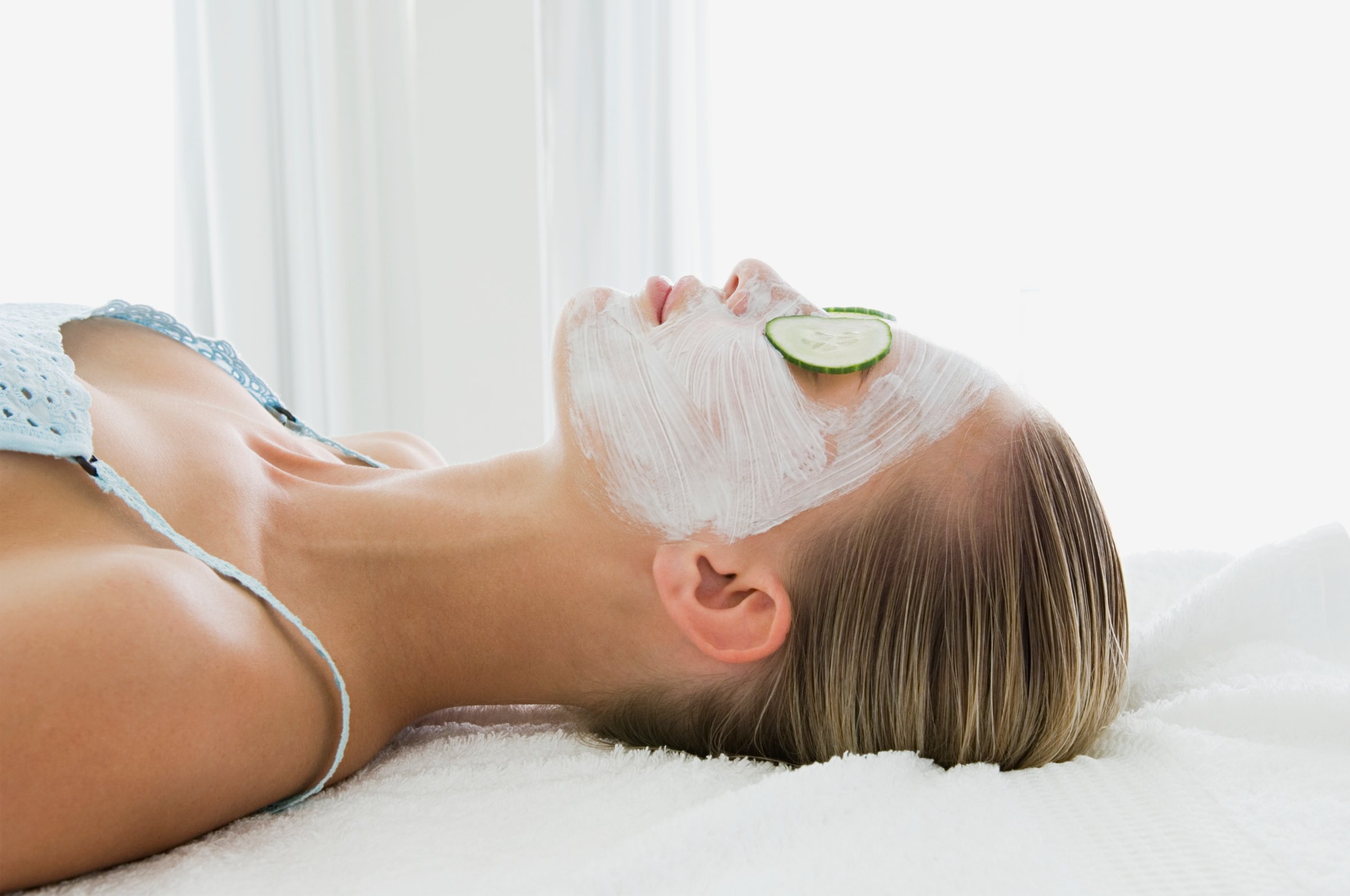
The world’s obsession with Korean beauty and skincare has reached an all-time high in 2017, but it was a veritable secret to most beauty lovers back in 2012. That was the year in which Harvard Business School graduate Alicia Yoon created her e-commerce site Peach & Lily, a online K-Beauty mecca. Five years later, the beauty maven is bringing the category even closer to the masses by curating her own selection for Target.
The collection, now available in stores, ranges in price from $3 to $38, promising something for everyone. Facial cleansers, masks, moisturizers, toners, eye creams and lipsticks, from popular Korean brands like AprilSkin, MIZON, Caolion, Lagom and Twenty Four Seven, are all included.
This isn’t the only endeavor on Yoon’s agenda — she recently launched PIBUU, a website that breaks down K-Beauty with input from experts. On the site: a guide to different skin types, an update on the category’s innovations and advancements, and a glossary for those who need to up their vocabulary game. Motto caught up with Yoon to talk about her collaboration with Target, how she selects her products and why K-Beauty has become a global phenomenon.
K-Beauty has become a driving force in the global beauty industry. What do you attribute to its rise, both in the U.S. and internationally?
The Korean beauty industry is one of the fastest-paced and most innovative beauty meccas. This means new ingredients, textures, scents, product categories are being concocted, perfected and delivered to consumers at a super-fast pace. These kinds of innovations stand out. Many of these products also deliver amazing results. I think the combination of newness and high-performing formulations with a bent towards natural is what ends up really driving the global beauty industry forward.
What led you to want to create Peach & Lily?
I was born and raised for a large part of my life in Korea. I went to esthetician school in Korea in 1999 and have been a skincare junkie since then. When I moved back to the U.S. in 2000 for college, it was hard to find Korean beauty products stateside. I ended up lugging back products from Korea for twelve years. After consulting for beauty clients, and having discussions with major beauty R&D labs in the U.S. that were telling me that the R&D in Korean beauty labs was more than ten years ahead of the curve, I decided it was time to lug back products from Korea, but this time for everyone — and not just me and my friends.
What’s your product selection process like?
It’s extensive. I’ll first keep a running list of hundreds of brands that are known to have great products. I’ll pour through blogs, magazines and online forums to see what real people say about the products. I go to Korea once every month or two and meet with top dermatologists, estheticians, makeup artists, editors, celebrities and store managers to find out the latest and greatest. I do consumer shop-alongs and try to listen to real talk from the streets. I then whittle the list down to a few dozen brands each trip. I then meet with all the brands and make sure that the brands have a true commitment to quality and R&D. Then, we focus-group test everything in the U.S. for at least three weeks and require that the products truly perform on every dimension. The results need to be there, and the product has to be delightful to use. I tend to look for more natural formulations, gentle formulations, but am really focused on results, results and results. For every hundred brands we review, perhaps about five to seven make our cut. We try to do extensive legwork for you, so you have only the very best at your fingertips.
What is the importance of K-Beauty, when it comes to representation for women of color in the beauty industry?
K-Beauty is first created for the Korean market, so naturally, Korean models are used. Phrases reflect different aspects of Korean culture and copy alludes to beauty ideals long held by Koreans. I like that this export of Korean beauty isn’t just an export of product but of the overall Korean culture. I think as the world becomes more intermingled, and there’s more cultural exchange, that’s great for more diversity in how beauty is approached.
What are some of the latest technological advancements in the space?
Formulation breakthroughs that help keep certain ingredients that oxidize easily, like Vitamin C, more potent. Many professional spa-care products that have been reformulated to be appropriate for home-care. Sheet masks that take the materials to a whole new level, such as edible materials where the material itself contains the nourishing ingredients.
What’s next for Peach & Lily?
We’re continuing to curate the very best products coming out of Korea, and we’ll also be making more of our own Peach & Lily branded products. I’ve been visiting so many R&D labs in Korea with so many amazing innovations and ingredients that sometimes don’t get used, it’s been a dream to source these incredible breakthroughs and create products.
This interview has been edited and condensed.
More Must-Reads from TIME
- L.A. Fires Show Reality of 1.5°C of Warming
- Home Losses From L.A. Fires Hasten ‘An Uninsurable Future’
- The Women Refusing to Participate in Trump’s Economy
- Bad Bunny On Heartbreak and New Album
- How to Dress Warmly for Cold Weather
- We’re Lucky to Have Been Alive in the Age of David Lynch
- The Motivational Trick That Makes You Exercise Harder
- Column: No One Won The War in Gaza
Contact us at letters@time.com